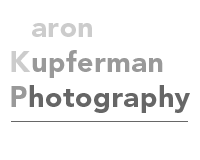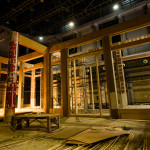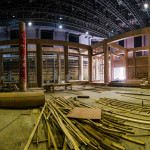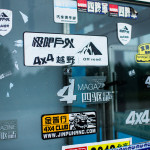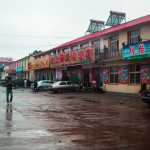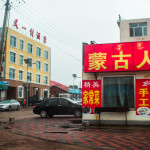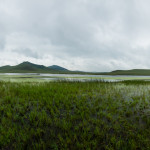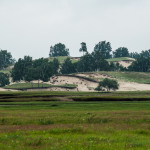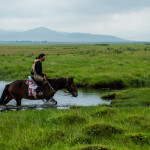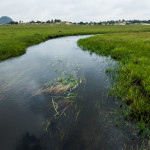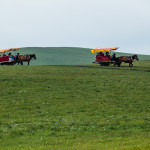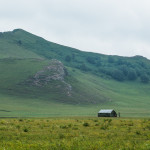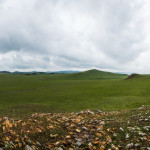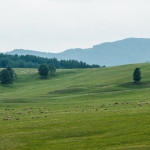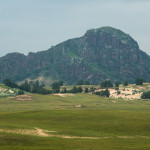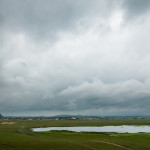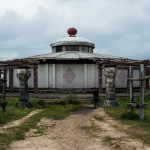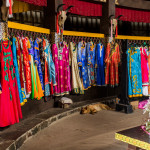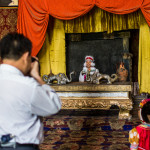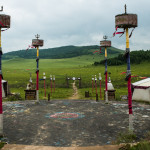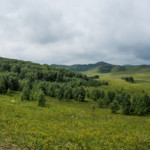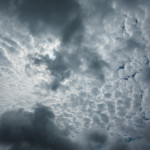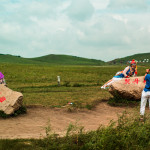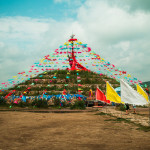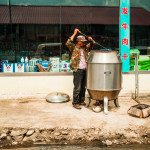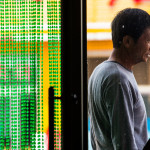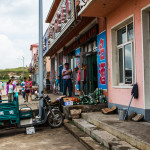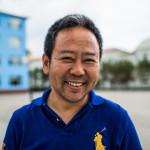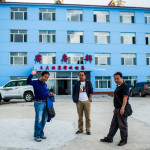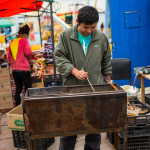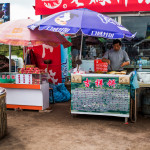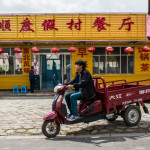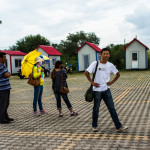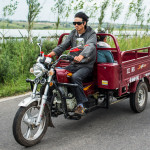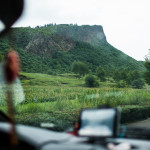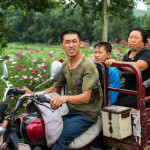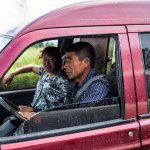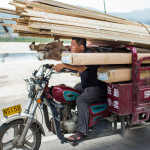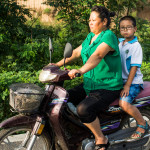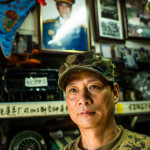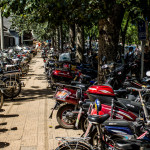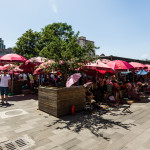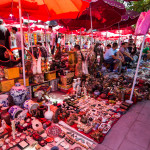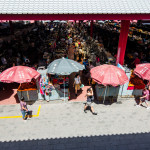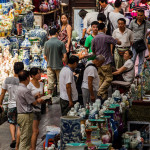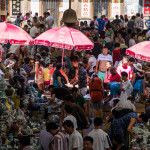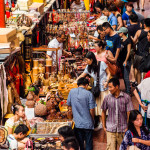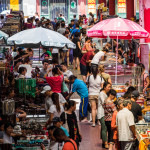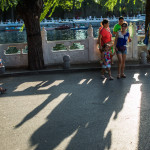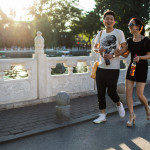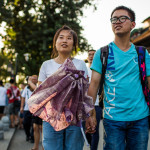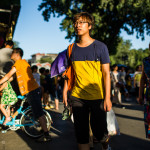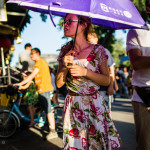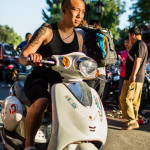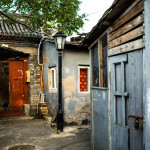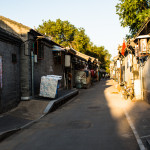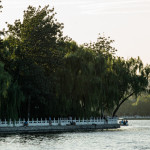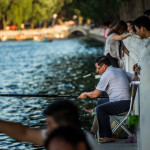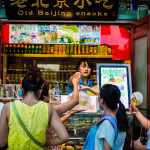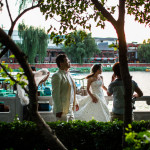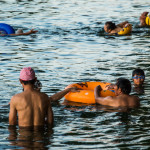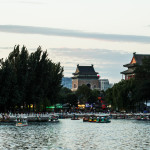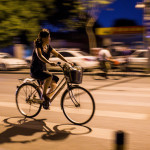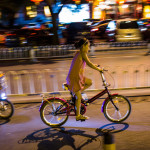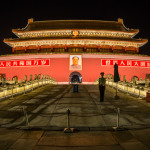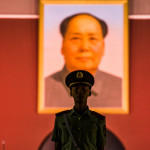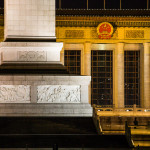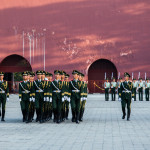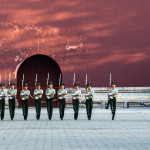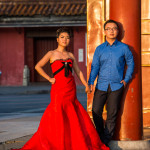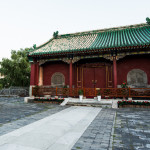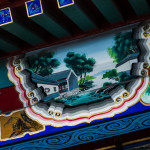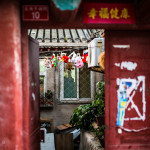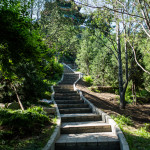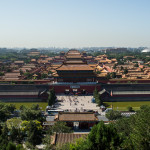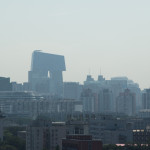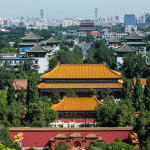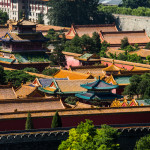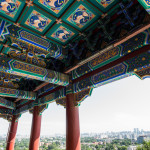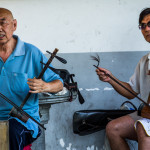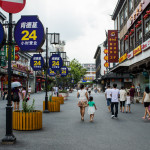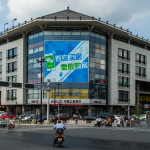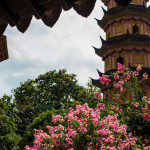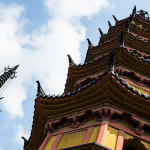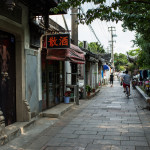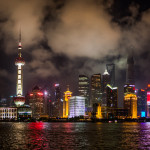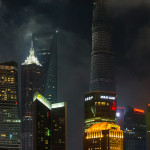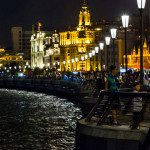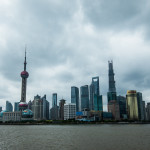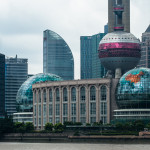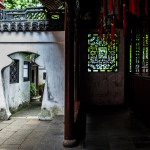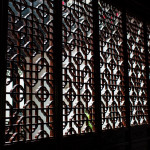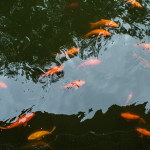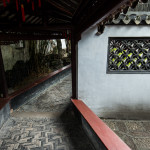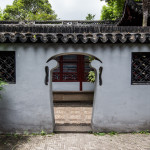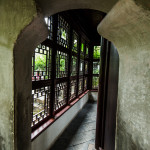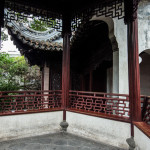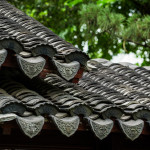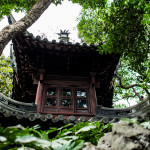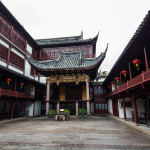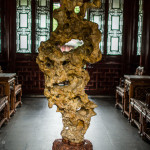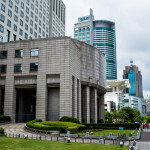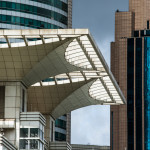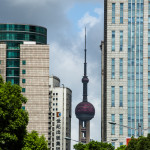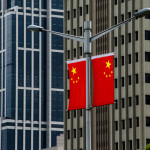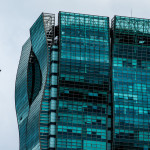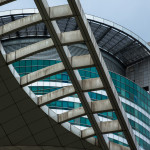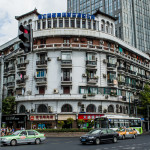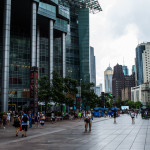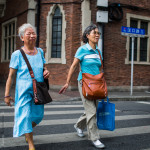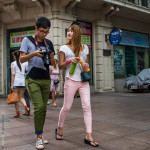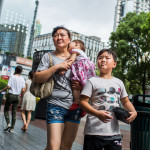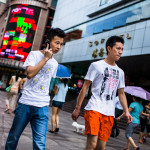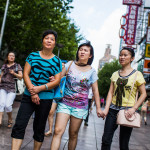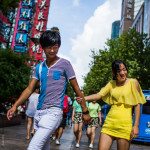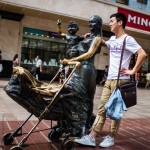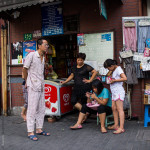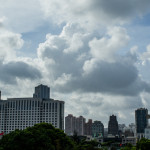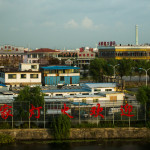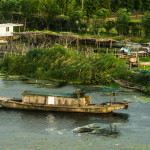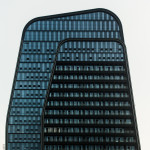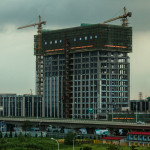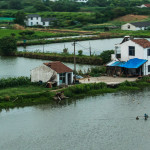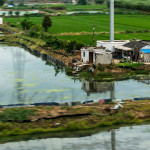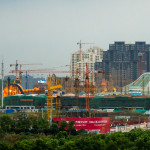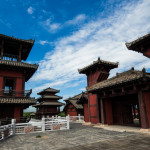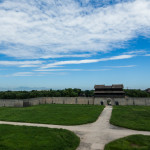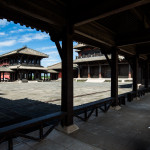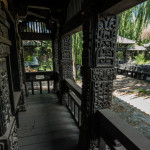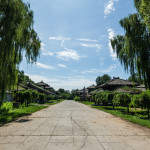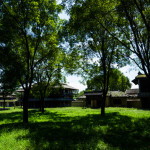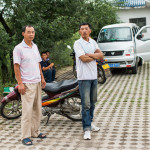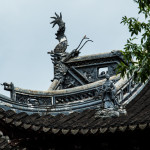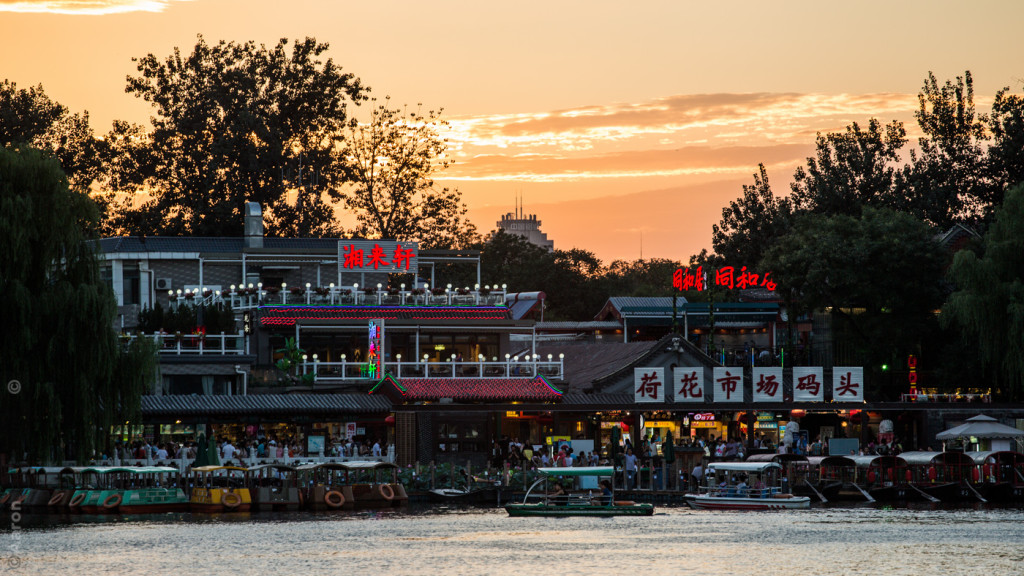
China 2013
This year China was nowhere on my radar. In July I was finishing up work on Spider-Man for Comic-Con and starting to ramp up for the rest of the movie which would take me through next February. Out of the blue, I got a phone call though from an old friend in China who owns and runs a Visual Effects company in Beijing. We got to be fast friends in 2005 when I moved there to supervise at another studio and he was my primary English speaking translator and the production manager at the company. He left that studio several years later and since had started his own. Back to present day and he had gotten a very large project in and wanted somebody with a lot more experience to come in and supervise it – I was his man. Suddenly we were talking about multiple trips to China and a whole host of things. Thankfully, the timing of the Chinese film worked out well with the timing on Spider-Man only requiring me to only visit China once for pre-production during August for early planning, and starting up the bulk of post-production in March after Spider-Man wraps. The majority of work in Spring would be me working remotely from Los Angeles over the internet with only a few shorter trips towards the end.
So out of nowhere, I had an 11 day trip to China for mid-August. After a few weeks of packing, preparation, and visa stuff, I was on the 12 hour flight to Beijing. After landing, during dinner with my friend, he told me that the next day we would be taking a six hour ride in the production company van north to Inner Mongolia to scout some locations. We were to spend the night there and return the following day. Talk about a lot of travel time. After visiting the production offices and checking out some of the sound stage sets, off in the van we went. After six hours, and a stubborn driver who wouldn’t admit he took a wrong turn until 20 minutes down a very bumpy road (requiring 20 minutes back along that same very bumpy road), we arrived in the little town of Wulanbutongxiang. Haven’t you heard of it? After a night of improper sewer ventilation (i.e. only venting into the room), we hit the road the next morning heading out to the grassy rolling planes that Inner Mongolia is so famous for.
We spent the day exploring the area checking out where they are going to build the full size carnival set, partial horse polo stadium, and where the armies will be marching and setting up camp. I guess with labor as cheap as it is in China, they can build some pretty extensive sets. Lunch was back in town (I’m not typing the name again) at a local place known for the lamb. The lamb was great, but they also brought out this local drink that was essentially full strength moonshine. I held my own, but barely. Guess all that “training” for Scotland really paid off. On the ride back, they let me sit up front so I could photograph out of the passenger window. I cranked up the shutter speed and frame rate to the max and fired off bursts as we sped on by. Most of these photos look staged, but they were shot within a second or three of approaching and passing these scenes on the road and side of the street.
The next week was filled with a mixture of meetings and time time explore Beijing. Sometimes my friend would accompany me and we’d drive to different places around town, and other times I was on my own. Thankfully taxis are cheap and safe as long as you can talk the driver into using the meter instead of making up a number upon arrival. Never take the taxis that sit outside of hotels; flagging one down is the best approach. I got to explore areas such as the famous Panjiayuan antique market, several of the cities hutongs, parks, lakes, and nightlife areas, and of course the Forbidden City and Tienanmen gate and square. I did not have time to explore the insides of the Forbidden City this time, but perhaps I can arrange some special access for my next trip next year.
During my second week, we managed to find two days during which I could manage to leave and spend in Suzhou (pronounced Su-chou) and Shanghai. The high speed train is pretty darn comfortable, especially running at around 185mph. Suzhou is known for a few things – the Venice of China with an extensive canal network, the silk capital of China, and the origins of the entire asian gardening ethic. This was one of my favorite cities in 2005 and I was looking forward to returning. Unfortunately, I overestimated my memory of how to get around and didn’t budget my time appropriately because I couldn’t find a few of the key spots I wanted to visit and missed the open hours of the largest and best garden in town. I did however have a great time walking a nice loop through a variety of the sections of the old town and along some of the shopping streets.
Shanghai is always a nice contrast to Beijing. My hotel was just a block away from the famous Bund riverfront walkway that looks out upon the modern skyline of Pudong. This made it easy to walk on over at night and the next morning to get very different looks to this iconic view. The Yuyuan Garden is one of my favorite spots in Shanghai and was my next stop along with the surrounding hutong and shopping areas around it. These gardens are great because they don’t feel too “freshened up” or remodeled like a lot of other historic sights have all over China. They still feel very classic and natural. You can’t visit Shanghai and not enjoy the beautiful architecture of the skyscrapers, so the People’s Park in the center of town was my next stop. This area is surrounded by some of the beautiful skyscrapers in the world and contains many other stunning buildings throughout the Park. From here I took Nanjing Road back to my hotel. Nanjing road is billed as “China’s premiere shopping street” and is made up of humongous department stores on both sides and a broad pedestrian street down the middle. I wasn’t in the mood for any shopping, so I took the time to people watch and do some of my shooting-from-the-hip candid photography. With no more time left in Shanghai, I took the high speed train back to Beijing. What used to be a 10 hour overnight train in 2005 was now a very reasonable 5 hour trip.
One of the last big things we did was visit a filming area about an hour or so south of Beijing. This area had all sorts of film sets built up from old village streets to several full palaces and defensive gates. Most of them were somewhat run down from the elements and very infrequent use, but for the most part, most of the looked plenty real and aged. I had to keep reminding myself that there was nothing of actual historical importance here.
Although it was really great to return to China and bring back older memories as well as explore new places, after 11 days I was very much ready to return home. Everything is such hard work, all the way down to finding a restaurant with an English menu to making sure a taxi is taking you to the right place. After another 12 hours in a 777, I was back in the USA happy to speak English with the Customs and Immigrations officials.
